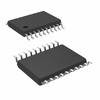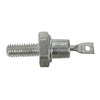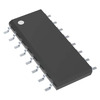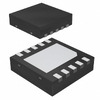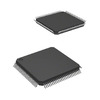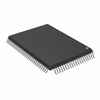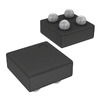Magnetic Fields Decoded: Principles, Measurements, and Practical Uses
Magnetic fields and their interactions with materials and electrical currents are main part of physics. They have many uses in technology, medicine, and daily life. Studying longitudinal and circular magnetic fields helps explain magnetic behavior in different situations, from testing materials without damage to inspecting hollow objects. Methods like magnetometry, electromagnets, and simple compasses help us measure and use magnetic fields precisely in both science and industry. Understanding how magnetic fields work around conductors, solenoids, and coils best for designing efficient electrical circuits and magnetic devices. Principles like inductance and the right-hand rule are valuable for innovative applications, from MRI machines to particle accelerators. This article explores the effects of magnetic fields, how to measure them, their behavior around conductors and coils, and how to create and enhance magnetic fields for practical uses.
Catalog
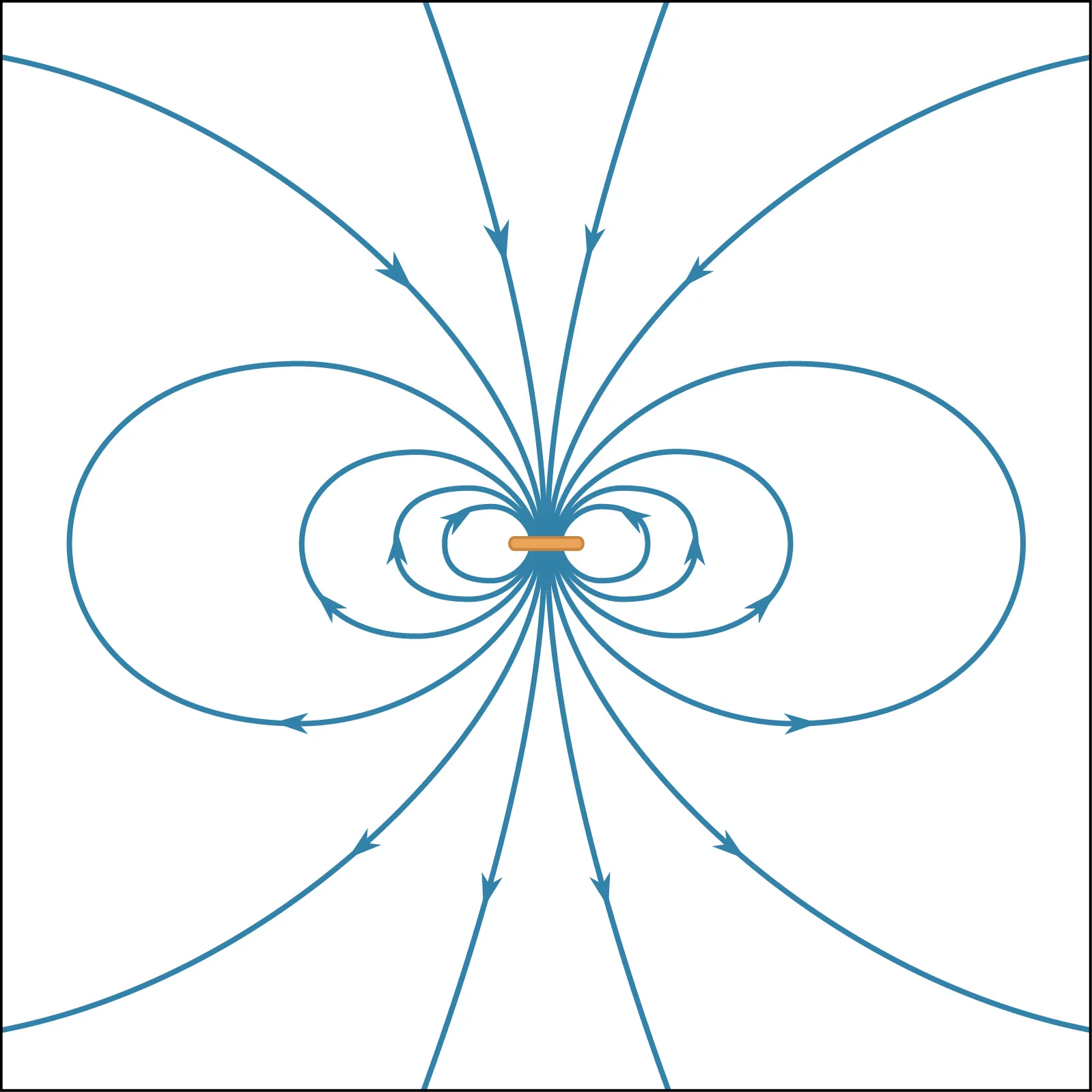
Figure 1: Magnetic Field Lines Of A Bar Magnet
What Is a Magnetic Field?
A magnetic field is an invisible area surrounding a magnet where it exerts force on other magnets or ferromagnetic materials like iron. Although we can't see the field, its presence is evident through its effects, such as the alignment of iron filings or the deflection of a compass needle. This field allows magnets to attract or repel other magnets and ferromagnetic materials.

Figure 2: Magnetic Fields Sources
A magnetic field forms whenever an electrical charge moves. This principle, first articulated by André-Marie Ampère, states that electric currents generate magnetic fields. Electrons, through their spinning and orbiting around atomic nuclei or moving through a wire, produce these fields. The spin and orbital motion of electrons dictate the direction and strength of the magnetic fields. When an electric current passes through a conductor, it creates a magnetic field influenced by the current's intensity and direction. Permanent magnets, like bar magnets made of iron, generate strong, consistent magnetic fields due to the alignment of their molecules. When a conductor is near a magnet, the magnetic field interacts with the moving charges in the conductor, inducing a current and creating its own magnetic field. These interactions can result in attractive or repulsive forces.
Magnetic Fields Properties
Magnetic fields have different properties: strength, direction, and polarity.
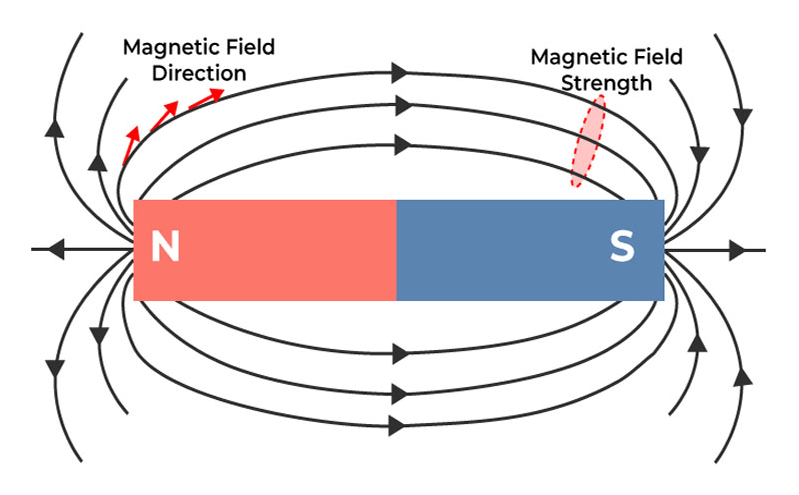
Figure 3: Magnetic Field Strength
Magnetic Field Strength
The strength of a magnetic field, or magnetic flux density, depends primarily on the current flowing through the conductor that produced it. Higher current results in a stronger magnetic field. Magnetic field lines visually represent the field's strength; they are denser in stronger fields and more spaced out in weaker fields. This relationship is clearly demonstrated in solenoids, where increasing the number of coil turns enhances the magnetic field. Interactions between multiple magnetic fields can either reinforce or weaken their individual strengths, depending on their orientation. The strength of a magnetic field decreases with distance from its source, showing an inverse relationship between field strength and distance.
Magnetic Field Direction
The direction of a magnetic field is the path a north pole would follow if placed within the field. Lines of force visualize this trajectory. A compass is a practical tool for determining the field's direction, as its needle aligns with the magnetic field. The field's direction can also be inferred from its effect on moving charges; a charge moving through a magnetic field experiences a force perpendicular to both the field's direction and its motion, helping to determine the field's orientation.

Figure 4: The Direction of the Compass Arrow Same as the Direction of the Magnetic Field
Magnetic Field Polarity
The understanding of magnetism relies heavily on polarity. All magnets have two poles, similar to positive and negative charges in electricity. These poles are called the north and south poles. This naming reflects the Earth's geographic poles, though interestingly, the Earth's north magnetic pole is near the geographic south pole and vice versa. This shows the complex link between magnetic and geographic phenomena.
Magnets two poles are north and south. These poles work like positive and negative electric charges. Opposite poles attract, while like poles repel. For example, if you bring two magnets close, the north pole of one will attract the south pole of the other. However, if you try to bring two north poles or two south poles together, they will push away from each other. This attraction and repulsion explain how magnets interact with each other and with magnetic materials.

Figure 5: Magnetic Field Polarity
Effects of Magnetic Fields
Magnetic fields have a big impact on materials, especially on atoms with electrons orbiting around their nuclei. When a magnetic field is applied, these electrons line up with the field, making the material magnetic. This can cause the material to be attracted to or repelled from the magnetic field, depending on how strong the field is and which way it is oriented. Sometimes, this alignment can even change the shape of the material.
Magnetic fields also play a role in moving electrons through circuits and affecting how magnets behave. One concept is inductance, which happens when a wire carrying an electric current is in a magnetic field. The wire feels a force that opposes changes in the current, and this is good for devices like electrical transformers and generators. Magnetic fields can make certain materials emit light, a phenomenon known as electroluminescence. This is used in things like flat-screen displays and emergency signs.
Measuring Magnetic Fields
Magnetic fields can be measured using various methods. Magnetometers measure the strength and direction of magnetic fields accurately. Electromagnets, generating a magnetic field when an electric current passes through a coil, can also be used for measurement. Compasses offer a simple method to determine the field's direction. These methods enable accurate assessment of magnetic fields, facilitating their study and application in various technologies.
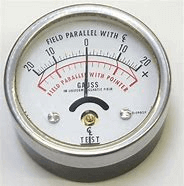
Figure 6: Magnetometer
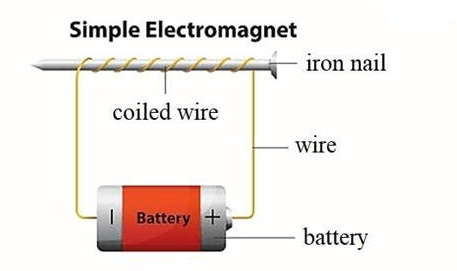
Figure 7: Electromagnet
Field Indicators
Field indicators are important tools for measuring magnetic fields, giving both qualitative and sometimes quantitative information about the magnetic environment. These devices use a soft iron vane that moves in response to a magnetic field. Examining them in detail, such as with an X-ray image, reveals their internal mechanics. The iron vane is attached to a needle, which moves a pointer along a scale, converting the magnetic field's influence into a readable value.

Figure 8: Field Indicators
Field indicators gain precision through fine-tuning and calibration. This allows them to provide accurate quantitative data within a specific range. They measure magnetic fields from +20 gauss to -20 gauss, making them ideal for applications like detecting residual magnetic fields after demagnetization. Although their range is limited, their precision and reliability make them beneficial for detailed magnetic field measurements within these constraints. In practical use, field indicators excel in situations requiring simple, strong measurements without complex electronics. Their mechanical simplicity ensures ease of use and durability, making them a preferred choice in various industrial and laboratory settings where quick, reliable measurements are required.
Hall-Effect (Gauss/Tesla) Meter
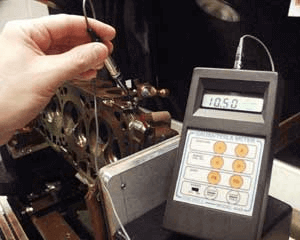
Figure 9: Hall-Effect
Hall-Effect meters are advanced instruments for precisely measuring magnetic field strength, providing readings in gauss or tesla. Unlike mechanical field indicators, Hall-Effect meters use electronic components, enhancing accuracy and versatility. They have a small conductor or semiconductor element at the probe tip. When an electric current passes through this element in a magnetic field, electrons are displaced to one side, creating a voltage difference known as the Hall voltage, a phenomenon discovered by Edwin H. Hall in 1879.
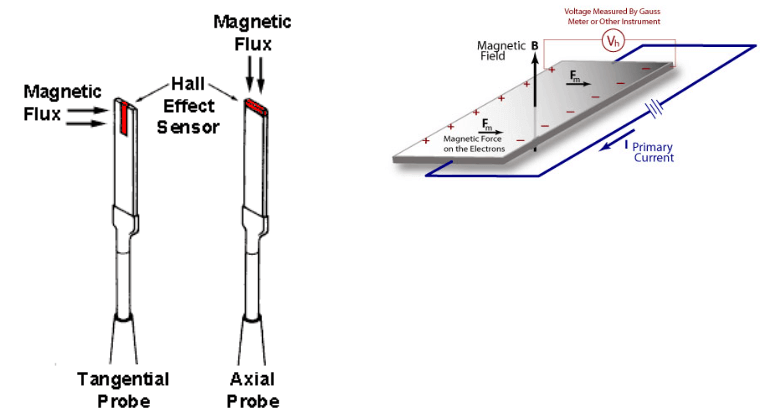
Figure 10: Schematic Diagram of Hall-Effect Meter
The relationship governing this voltage is given by:

where:
• Vh is the Hall voltage,
• I is the applied current,
• B is the perpendicular magnetic field component,
• Rh is the Hall coefficient,
• b is the thickness of the Hall element.
Hall-Effect meters come with various probes featuring tangential (transverse) or axial sensing elements. These probes, available in different sizes, are tailored for specific measurement ranges, allowing flexibility across various scenarios. Accurate readings depend on correct probe positioning, with magnetic lines of force intersecting the major dimensions of the sensing element at a right angle. The versatility of Hall-Effect meters makes them suitable for a wide range of applications, from industrial manufacturing to scientific research. Their digital readouts and compatibility with other digital systems enhance their utility in modern automated environments. By mastering probe placement and the physics of the Hall effect, users can fully exploit these advanced instruments for accurate magnetic field measurements.
Longitudinal Magnetic Fields
Longitudinal magnetic fields are created in components that are much longer than they are wide. This is usually done by placing the component lengthwise in a concentrated magnetic field within a coil or solenoid, known as a "coil shot." Inside the component, the magnetic flux lines are straight, moving from one end to the other, though some flux is lost. The diagram shows this in two dimensions, but the flux lines are actually three-dimensional. Ferromagnetic materials have a much higher flux line density compared to air due to their higher permeability.
As the flux leaves the material at the ends and enters the air, it spreads out since air can't support as many flux lines per unit volume. This spreading causes some flux lines to exit the sides of the component. When a component is fully magnetized along its length, flux loss is minimal, resulting in a uniform flux density. When doing non-destructive testing (NDT), uniformity matters where flaws perpendicular to the flux lines cause a detectable leakage field at the surface.
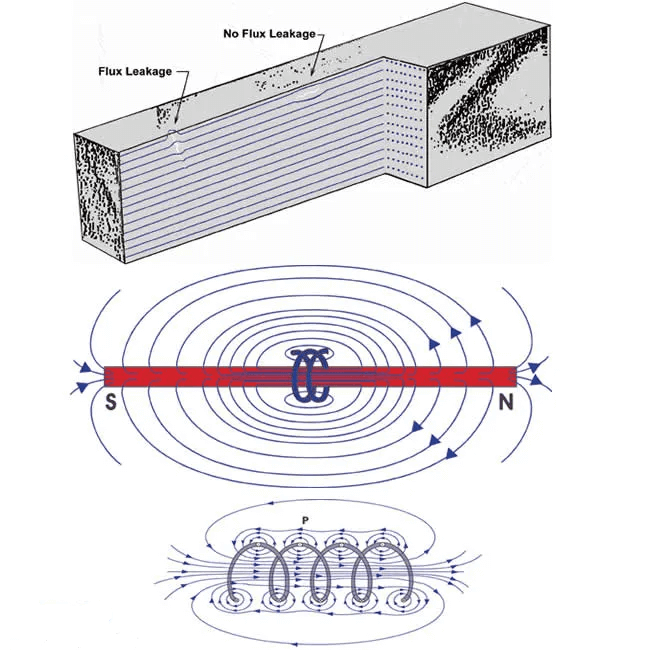
Figure 11: Longitudinal Magnetic Field
However, using a solenoid to magnetize a component can result in only part of it being strongly magnetized. The area within the solenoid and a small margin on either side will be magnetized, while beyond this, the flux lines leave the component and return at the solenoid's poles. This is because the magnetizing force weakens with distance from the solenoid, aligning the magnetic domains only within and near it. The unmagnetized part of the component can't support as much flux as the magnetized part, forcing some flux out of the component. To inspect long components thoroughly, they must be magnetized and inspected in multiple locations along their length.
Circular Magnetic Fields
When an electric current flows through a solid conductor, it generates a magnetic field around the conductor. The field's distribution and intensity depend on several factors. At the center of the conductor, the field strength is zero, reaching a maximum at the surface. For a constant current, the surface field strength decreases as the conductor's radius increases, although a larger conductor can carry more current. Outside the conductor, the field strength is directly proportional to the current, while inside, it depends on the current, the material's magnetic permeability, and its position on the B-H curve. The field strength outside the conductor decreases with distance.
In a nonmagnetic conductor carrying direct current (DC), the internal field strength rises from zero at the center to a maximum at the surface, while the external field strength decreases with distance from the surface. In magnetic materials, the internal field strength is higher due to the material's permeability. The external field strength remains the same for both materials if the current and conductor radius are identical.
With alternating current (AC), the internal field strength also rises from zero at the center to a maximum at the surface but is concentrated in a thin layer near the surface, known as the "skin effect." The external field decreases with distance, similar to DC. In hollow circular conductors, no magnetic field exists in the void area. The field strength starts from zero at the inside wall and reaches a maximum at the outside wall. As with solid conductors, magnetic materials show greater field strength due to their permeability, with the external field decreasing with distance from the surface.
In hollow conductors carrying AC, the skin effect concentrates the magnetic field at the outside diameter. The field strength at the inside surface of a hollow conductor is very low when a circular magnetic field is established by direct magnetization. Thus, the direct method is not recommended for inspecting the inside diameter (ID) wall of a hollow component for shallow defects. The field strength increases rapidly from the ID outward, making deeper defects detectable.
A better method for magnetizing hollow components for inspecting both ID and outside diameter (OD) surfaces is using a central conductor. Passing current through a nonmagnetic central conductor, such as a copper bar, creates a stronger magnetic field on the ID surface of a magnetic tube while still maintaining sufficient field strength for detecting defects on the OD surface.
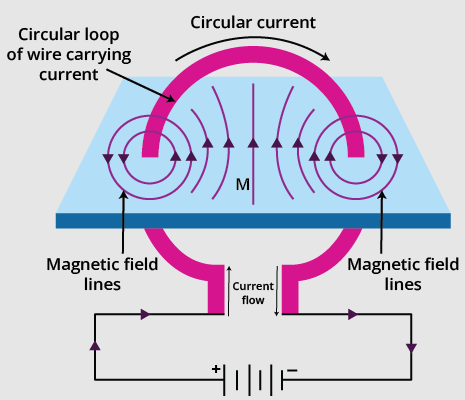
Figure 12: Circular Magnetic Field
Magnetic Fields Around Conductors
When an electric current flows through a conductor, a magnetic field forms around it. This phenomenon can be demonstrated using iron filings on cardboard with a vertical conductor passing through it. With no current, there is no magnetic field, but with current, the filings arrange in concentric rings around the conductor. The magnetic field's direction around a current-carrying conductor can be explored using magnetic compasses. Depending on the current's direction, the compass needles align accordingly, either clockwise or counterclockwise. The right-hand screw rule and right-hand rule provide intuitive ways to determine the magnetic flux direction around a conductor. When two conductors carry currents in opposite directions, their magnetic fields oppose each other, creating a repulsive force. If the currents flow in the same direction, the magnetic fields combine, exerting an attractive force on the conductors.
When a wire carries a current, the magnetic field lines around it form almost perfect circles. These circles, centered on the wire, show how the magnetic field spreads out from the wire. The further you go from the wire, the weaker the magnetic field becomes. If the wire forms a loop, the circles get larger as you move toward the center of the loop. This means the magnetic field spreads out more. Near the center, these circles change into straight, parallel lines, showing that the magnetic field here is uniform. This uniformity makes it easier to calculate and use the magnetic field in technology and science.
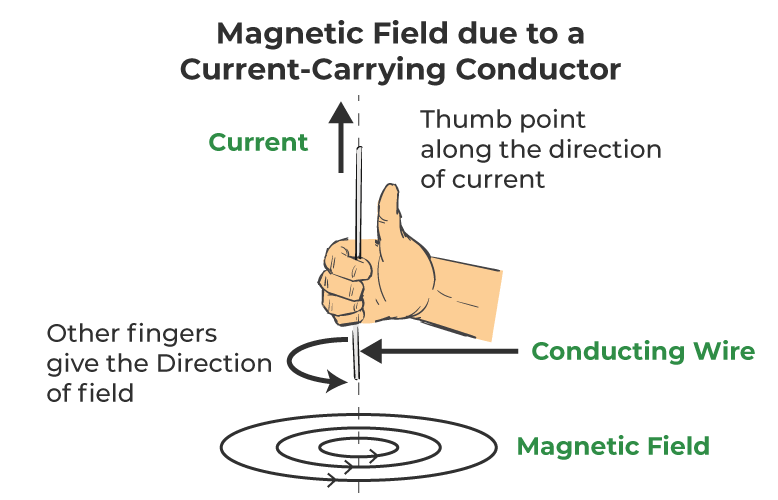
Figure 13: Magnetic Field Current Carrying Conductor
At the loop's center, the magnetic field is almost the same strength everywhere. This even field is good for things like MRI machines, where a steady magnetic field is a must for accurate imaging. It also provides a stable area for experiments that depend on a predictable magnetic field. The strength of the magnetic field at the center of the loop depends on the current flowing through the wire. More current means a stronger magnetic field. The magnetic field strength is stronger if the loop is smaller and weaker if the loop is larger.
Magnetic Fields Around Coils
Passing a current through a coil, even with a single turn, creates a magnetic flux through the coil's center, giving it north and south poles like a small magnet. When the coil has multiple turns, forming a solenoid, the individual magnetic fields link up, creating a unified field similar to a bar magnet. The right-hand rule can determine the flux direction in a solenoid, where the current flow direction and magnetic flux are interrelated.
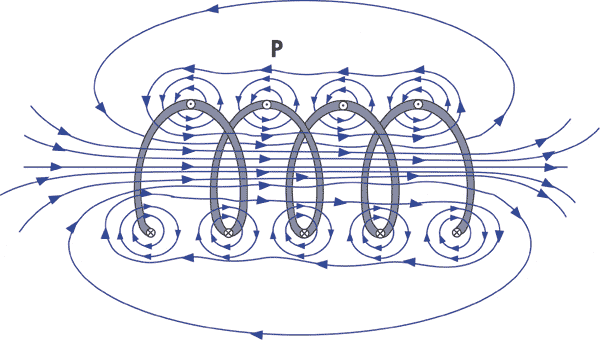
Figure 14: Magnetic Fields Around Coils
When electricity moves through a wire, it creates a circular magnetic field around it. This basic idea in electromagnetism is known as the magnetic field from a current-carrying conductor. You can figure out the direction of this magnetic field using the right-hand rule: if you point your right thumb in the direction of the current, your fingers will curl in the direction of the magnetic field. This field can cause noticeable effects, like moving the needle of a magnetic compass, showing how electric currents and magnetic fields interact.
The strength of the magnetic field depends on two main factors: how far you are from the wire and how strong the current is. The field is stronger when you are closer to the wire and gets stronger as the current increases. This shows that the magnetic field strength is directly related to the current.
A Coil of Wire (Solenoid)
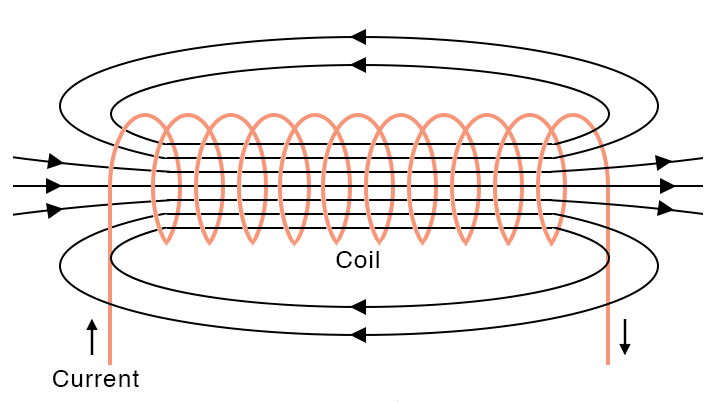
Figure 15: Solenoid Magnetic Field
A solenoid is a coil of wire that makes the magnetic field stronger when electricity flows through it. The solenoid is made by wrapping a wire into a spiral shape, creating a magnetic field like a bar magnet. Inside the solenoid, the magnetic field is strong and even because the small fields from each coil add up. You can use the right-hand rule to find the direction of the solenoid's magnetic field: if your fingers point in the direction of the current, your thumb points to the north pole of the electromagnet.
The magnetic field of a solenoid is similar to a bar magnet and changes direction when the current reverses, showing how electromagnetic fields can change. The formula for the magnetic field inside a solenoid is B = μ₀nI, where n is the number of coils per unit length and I is the current. This formula shows that adding more coils or increasing the current makes the magnetic field stronger. Solenoids are used in machines, MRI scanners, and physics experiments because they create strong, uniform magnetic fields.
Current-Carrying Conductor Shaped into a Coil

Figure 16: Turning Effect of a Current Carrying Coil in a Magnetic Field
When a wire carrying current is shaped into a loop or series of loops, it creates a unique magnetic field. This field goes through the center of the coil and circles back around the outside. The fields from each loop combine to make a concentrated field along the coil’s center. In tightly wound coils, this makes the magnetic field inside very uniform. The strength of this field depends on the current and the number of loops. More loops make the field stronger, which is why long, straight coils (solenoids) are effective at creating strong, uniform fields like a bar magnet.
The strong, uniform magnetic field inside a solenoid is useful for magnetizing materials and is used in electrical circuits, transformers, and other devices. The magnetic field outside the coil is weak, which is not useful for magnetization. This shows the importance of the solenoid’s internal field for practical uses. Solenoids are also used in particle accelerators and sensors, demonstrating their wide range of applications in technology and science.
Setting Up a Magnetic Field
Magnetic fields are created whenever electric current flows through a wire or coil. The right-hand rule helps to determine the direction of the magnetic field: point your right thumb in the direction of the current, and your fingers will curl in the direction of the magnetic field lines.
To make a strong magnetic field, you need to use electromagnetism. An electromagnet combines an electric current with a magnetic material, usually iron, to enhance the magnetic effect. This is used in many things, from small devices to large machines that lift heavy metal objects. The strength of the magnetic field depends on how many times the wire is wrapped around the core, the amount of electric current, and the properties of the wire and core material.
Start by choosing a piece of iron, like a rod that is six to eight inches long, such as a large nail. The size of the iron rod can vary depending on what you need the electromagnet for. Once you have the core, wrap it tightly with magnetic wire from one end to the other. The wire should be wound closely and securely, with some wire left hanging loose at each end for connections. Tape the wire firmly to the rod.
Before connecting the electromagnet to a power source, strip the insulation off the last inch of each wire end. Heat the insulation with a lighter or match until it’s soft enough to remove, then clean off any residue with a cloth for a good electrical connection. Attach the exposed wire ends to a lantern battery. This setup allows current to flow through the wire, creating a magnetic field around the iron core, showing the basics of electromagnetism in making a strong magnetic field.
There are two main ways to create strong magnetic fields. The first is using a solenoid, a coil of wire that makes a magnetic field when electric current flows through it. The second way is to put an iron core inside the solenoid, which makes the magnetic field much stronger by reducing magnetic resistance. The iron core has a limit to how strong it can make the magnetic field, known as saturation. Once it reaches this point, it can't make the field any stronger. This is a property of the iron itself, and even with ongoing research, finding a material that can surpass iron’s saturation value is unlikely. Therefore, the strength of the magnetic field is limited by the properties of the iron core, and new solutions go beyond these limits.
Applications of Magnetic Fields
Magnetic fields have numerous applications, including electricity generation, medical imaging, and transportation. They are main part to MRI machine operations and train levitation. Magnets store data on hard drives and credit cards, playing a role in modern technology. The Earth's magnetic field protects us from harmful cosmic radiation, highlighting its importance for life. The wide-ranging applications of magnetic fields underscore their significance in everyday life and advanced scientific endeavors.
Conclusion
Magnetic fields are useful in many scientific and technological areas, from basic principles of electron behavior in materials to advanced uses in medical imaging and data storage. Accurate manipulation and measurement of magnetic fields have led to major advancements, including the development of electroluminescent devices, efficient power generation, and advanced transportation systems. Studying magnetic fields around conductors and coils provides insights into electromagnetism, allowing the creation of devices with predictable and controllable magnetic properties. Techniques like the right-hand rule and principles of inductance are good for designing and optimizing these devices. Methods for generating strong magnetic fields, such as using solenoids and iron cores, show the ongoing innovation in electromagnetic technology. The applications of magnetic fields go beyond industrial and technological uses, highlighting their importance in daily life and scientific research. Understanding magnetic fields not only advances scientific knowledge but also drives innovation in many areas, demonstrating the importance of mastering electromagnetic phenomena.
Frequently Asked Questions [FAQ]
1. How will you describe the magnetic field around the coil?
The magnetic field around a coil, also known as a solenoid, is similar to the field of a bar magnet. Inside the coil, the magnetic field lines are parallel, dense, and uniformly spaced, indicating a strong and uniform field. Outside the coil, the magnetic field lines spread out and loop back from one end of the coil to the other, forming closed loops. The direction of the field lines is determined by the direction of the current flowing through the coil, following the right-hand rule.
2. What is the magnetic field around the conductor?
When current flows through a straight conductor, it generates a magnetic field around it. This field forms concentric circles around the conductor, with the direction of the field lines given by the right-hand rule: if you grasp the conductor with your right hand so that your thumb points in the direction of the current, your fingers will curl in the direction of the magnetic field. The strength of the magnetic field decreases as you move away from the conductor.
3. What causes the formation of a magnetic field around a conductor?
A magnetic field forms around a conductor due to the movement of electric charges (current). When electrons move through a conductor, they generate a magnetic field perpendicular to the direction of their motion. This is a direct consequence of Ampère's circuital law, which relates the magnetic field around a conductor to the electric current passing through it.
4. What happens if you move a magnet into a coil of wire?
When a magnet is moved into a coil of wire, it induces an electromotive force (EMF) in the coil, generating an electric current. This phenomenon is known as electromagnetic induction, discovered by Michael Faraday. The direction of the induced current depends on the direction of the magnet's motion and the orientation of the magnetic field. If the magnet is moved faster or has a stronger magnetic field, the induced EMF and current will be stronger.
5. What is the pattern of magnetic field around a conductor?
The magnetic field pattern around a straight conductor carrying current is characterized by concentric circles centered on the conductor. If the conductor is bent into a loop, the field lines form more complex patterns, with the field inside the loop being stronger and more concentrated. For a solenoid, the field inside is uniform and parallel, while outside it resembles the field of a bar magnet.
6. How the magnetic field around the coil could be made stronger?
To make the magnetic field around a coil stronger, you can:
Increase the current flowing through the coil;
Add more turns to the coil, increasing the number of loops;
Insert a ferromagnetic core, such as iron, inside the coil to enhance the magnetic field due to the core's high magnetic permeability.
7. Where is a magnetic field strongest?
The magnetic field is strongest inside a coil, particularly near the center, where the field lines are most concentrated and uniformly parallel. In a bar magnet, the magnetic field is strongest at the poles, where the field lines converge and the field density is highest.
About us
ALLELCO LIMITED
Read more
Quick inquiry
Please send an inquiry, we will respond immediately.
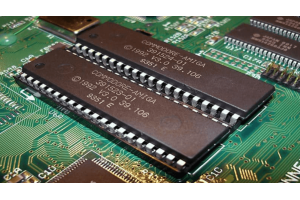
An In-Depth Exploration of Read-Only Memory and Its Various Types
on July 1th

Pinout
on July 1th
Popular Posts
-

What is GND in the circuit?
on January 1th 2937
-

RJ-45 Connector Guide: RJ-45 Connector Color Codes, Wiring Schemes, R-J45 Applications, RJ-45 Datasheets
on January 1th 2501
-

Fiber Connector Types: SC Vs LC And LC Vs MTP
on January 1th 2089
-

Understanding Power Supply Voltages in Electronics VCC, VDD, VEE, VSS, and GND
on November 9th 1890
-

Comparison Between DB9 and RS232
on January 1th 1762
-

What Is An LR44 Battery?
Electricity, that ubiquitous force, quietly permeates every aspect of our daily lives, from trivial gadgets to life-threatening medical equipment, it plays a silent role. However, truly grasping this energy, especially how to store and efficiently output it, is no easy task. It is against this background that this article will focus on a type of coin cell battery that may seem insignificant on the...on January 1th 1713
-

Understanding the Fundamentals:Inductance Resistance, andCapacitance
In the intricate dance of electrical engineering, a trio of fundamental elements takes center stage: inductance, resistance, and capacitance. Each bears unique traits that dictate the dynamic rhythms of electronic circuits. Here, we embark on a journey to decipher the complexities of these components, to uncover their distinct roles and practical uses within the vast electrical orchestra. Inductan...on January 1th 1655
-

CR2430 Battery Comprehensive Guide: Specifications, Applications and Comparison to CR2032 Batteries
What is CR2430 battery ?Benefits of CR2430 BatteriesNormCR2430 Battery ApplicationsCR2430 EquivalentCR2430 VS CR2032Battery CR2430 SizeWhat to look for when buying the CR2430 and equivalentsData Sheet PDFFrequently Asked Questions Batteries are the heart of small electronic devices. Among the many types available, coin cells play a crucial role, commonly found in calculators, remote controls, and ...on January 1th 1551
-

What Is RF and Why Do We Use It?
Radio Frequency (RF) technology is a key part of modern wireless communication, enabling data transmission over long distances without physical connections. This article delves into the basics of RF, explaining how electromagnetic radiation (EMR) makes RF communication possible. We will explore the principles of EMR, the creation and control of RF signals, and their wide-ranging uses. The article ...on January 1th 1538
-

CR2450 vs CR2032: Can The Battery Be Used Instead?
Lithium manganese batteries do have some similarities with other lithium batteries. High energy density and long service life are the characteristics they have in common. This kind of battery has won the trust and favor of many consumers because of its unique safety. Expensive tech gadgets? Small appliances in our homes? Look around and you'll see them everywhere. Among these many lithium-manganes...on January 1th 1512





